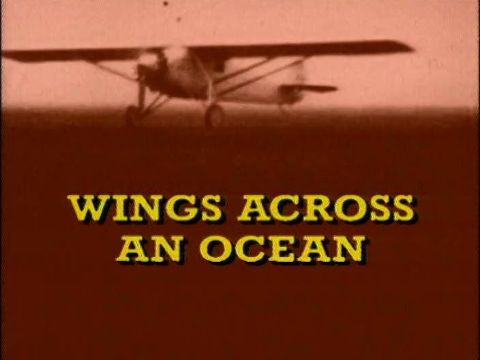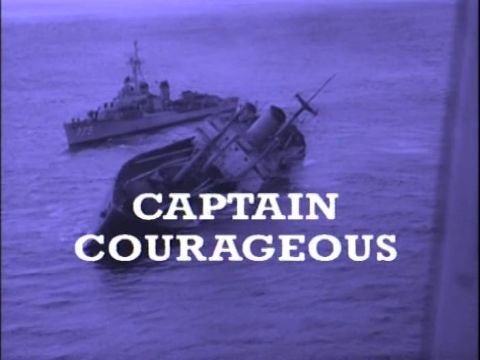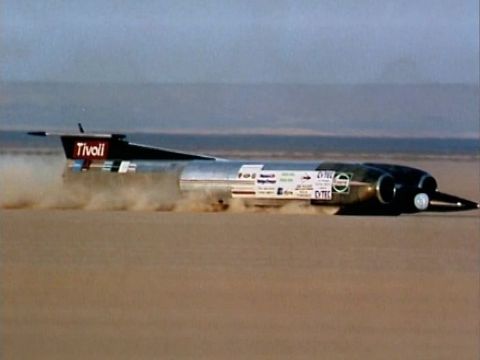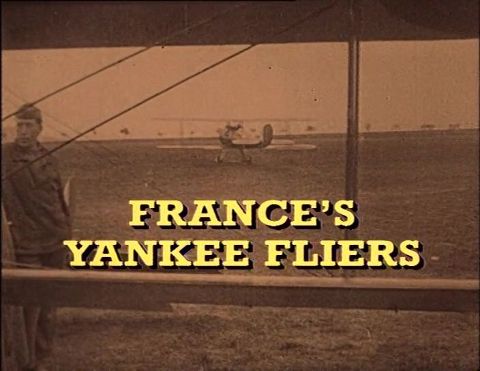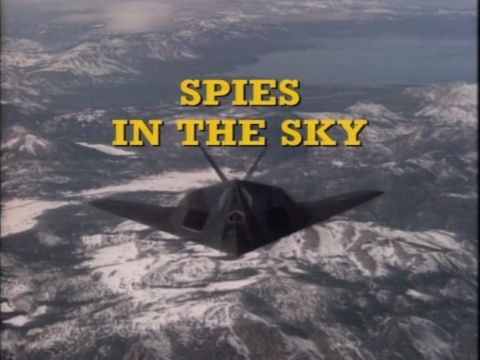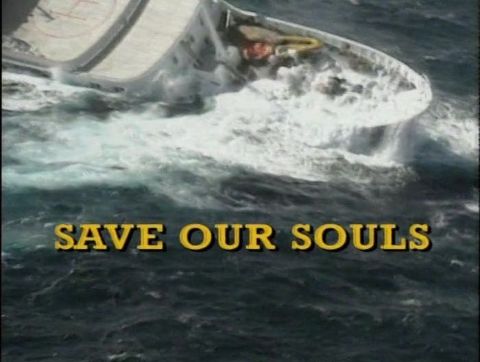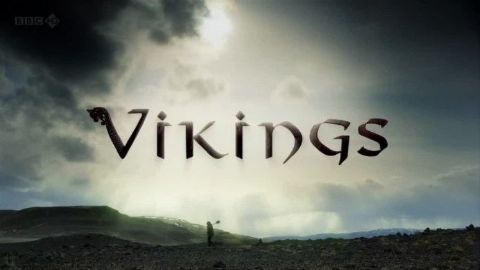Against the Odds • 1996 • episode "13/20" • The True Action Adventures of the Twentieth Century
Great Air Escapes Some of the remarkable escapes which people have had from air disasters including the tail gunner who fell 12,000 feet without a parachute and survived. More than half the passengers in plane crashes escape with their lives... but how? Flying in a plane is not only the fastest way to get to a destination, it's also the safest. Despite this fact, engine issues, bad weather, and even pilot errors can occur and lead to a plane crash. But even when these rarities occur, there are often survivors who make it off the plane alive.The greatest escapes from disasters in the air are truly breathtaking. These stories of plane crash survivors are proof that even when the odds are against people, they can still find a way to make it out of unimaginable circumstances. Chances are very high that most of us will never have to experience a plane crash, but there are plenty of people who have and have lived to tell the tale. From the Hindenburg airship disaster to the tail gunner who fell 12,000 feet without parachute and survived, these remarkable tales of survival are a testament to the fact that surviving an air disaster is against all odds.
Make a donation
Buy a brother a hot coffee? Or a cold beer?
Hope you're finding these documentaries fascinating and eye-opening. It's just me, working hard behind the scenes to bring you this enriching content.
Running and maintaining a website like this takes time and resources. That's why I'm reaching out to you. If you appreciate what I do and would like to support my efforts, would you consider "buying me a coffee"?
Donation addresses
BTC: bc1q8ldskxh4x9qnddhcrgcun8rtvddeldm2a07r2v
ETH: 0x5CCAAA1afc5c5D814129d99277dDb5A979672116
With your donation through , you can show your appreciation and help me keep this project going. Every contribution, no matter how small, makes a significant impact. It goes directly towards covering server costs.
